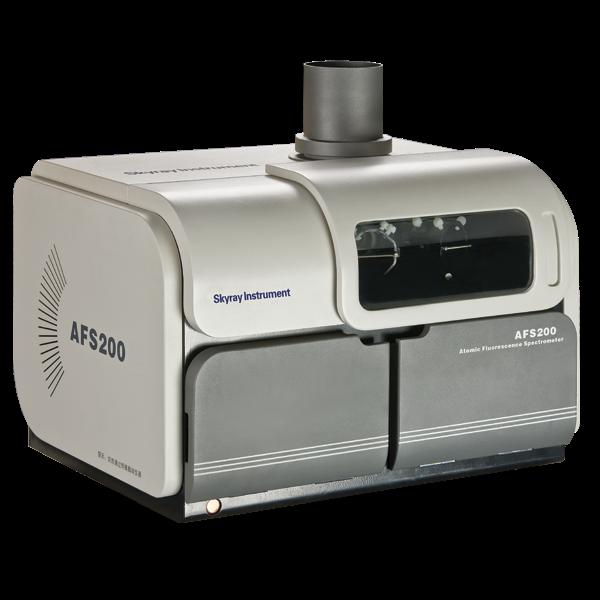
1
Foreword
Cadmium is a soft white metal with a silvery white or a slightly blue luster at room temperature. from
20
Since the beginning of the century, the production and use of cadmium has been increasing, and the annual release of cadmium into the environment worldwide
3
Ten thousand tons, of which
82%~94%
Will enter the soil. The soil is related to the quality of rice, and the uniqueness of rice itself.
gene
", also affects the ability of rice grains to absorb specific substances in the soil, and the adsorption of rice on cadmium pollution is significantly stronger than that.
corn
,
Soy
Other crop varieties.
In recent years, there have been many reports on soil pollution caused by heavy metals such as cadmium in China. last century
80
In the mid-2000s, studies on contaminated areas caused by cadmium-contaminated water irrigation in a southern province showed that the cadmium content in rice exceeded the rate.
71.69%
The meat and poultry eggs are not exceeding the limit.
2005~2009
Year survey of food cadmium pollution in a southern province, the detection rate of cadmium
64.4%
Over-standard rate
7.3%;
Cadmium exceeding standard foods involve food, fruit, edible fungi, aquatic products, animal internal organs, etc., indicating that cadmium pollution is more common in some areas. Excessive cadmium pollution will cause harm to the bones and kidneys of the human body. "Bone pain" will occur, causing the kidneys to fail to work properly, and excessive intake of cadmium will also have a "sputum effect", hindering the absorption of the human body. Indispensable trace elements
——
Absorption of zinc.
2 Experimental part
2.1
Reagent
(1)
Hydrochloric acid: (excellent grade,
36%
,
Ï=1.19g/ml
).
(2)
Nitric acid: (excellent grade,
65%
,
Ï=1.42 g/ml
).
(3)
Perchloric acid: (excellent grade,
72%
,
Ï=1.67 g/ml
).
(4) 0.1%
Special reagent for cadmium analysis
2
No.: accurate weighing
0.1g
Special reagent for cadmium analysis
2
Number in the beaker, measure
100ml
Ultra-pure water, stir and dissolve to be used.
2.2
Using the instrument
(1)
Two-channel atomic fluorescence spectrometer
AFS200T
), cadmium hollow cathode lamp;
(2)
Heating plate
(SB-2.4)
;
(3)
Laboratory grade ultrapure water purifier;
2.3
Instrument working conditions
table
1
Instrument parameter setting
2.4
Analysis step
2.4.1
Sample digestion
Weighing rice samples
0.2g
Left and right in the beaker, join
8ml
Nitric acid and
2ml
Perchloric acid, placed on a hot plate to heat and dissolve, the sample is completely digested and evaporated to dryness
2ml HCl
Transfer the digested solution to ultrapure water to
100ml
In the volumetric flask, add to the volumetric flask
0.1%
Special reagent for cadmium analysis
2
number
5ml
, with ultrapure water to volume
100ml
Tick ​​the line and shake it. (At the same time, do the sample blank in the same way)
.
2.4.2
Sample determination
According to the performance of the respective instrument model, refer to the working conditions of the instrument, adjust the instrument to the best measurement state, and stabilize
10min-20min
Start measuring afterwards. Continuous injection with standard blanks. After the readings have stabilized, transfer to the standard series and draw a standard curve. Before transferring to the sample measurement, enter the blank value measurement state, and use the sample blank liquid to inject, let the instrument take the average value as the blank value of the bottom. The sample can then be determined according to law. After the measurement is completed, select “Print Report†to automatically print the measurement results.
3
Experimental result
3.1
Drawing of standard curve and correlation coefficient
3.1.1
Preparation of standard solution
Use cadmium (
Cd
Standard use solution
(0.1ug/ml)
, excellent grade pure hydrochloric acid (
HCl
)
,
0.1%
cadmium(
Cd
Special analysis
2
No. reagent, ionized water (resistivity ≥
10M
Ohm) and other reagents.
table
2
Preparation of cadmium standard solution
3.1.2
Standard curve and correlation coefficient of cadmium
table
3
Cadmium concentration and fluorescence intensity value
3.2
Measurement of cadmium content in rice samples
table
4
Sample measurement result
3.3
Method recovery
table
5
Method for measuring the recovery rate of cadmium
4
summary
95.38%
Moreover, the method has the advantages of high sensitivity, low detection limit, less basic interference, quick and simple, and the like.
Car Battery Test Pen ,Car Battery Tester ,Digital Circuit Test ,Electric Circuit Test
YINTE TOOLS (NINGBO) CO., LTD , https://www.yinte-tools.com
